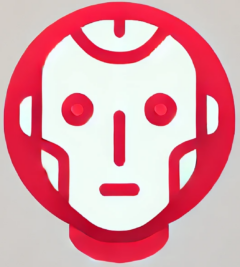OpenAI to Launch Open-Weight AI
In 2015, when Elon Musk and Sam Altman co-founded OpenAI, their goal was audacious: to ensure artificial general intelligence (AGI) would benefit all of humanity. Nearly a decade later, that original mission seems to be making a full-circle return with a surprising new direction. Sam Altman, CEO of OpenAI, has announced that the organization will soon release an “open-weight” AI model—marking a dramatic shift in how the company shares its most advanced technology.
What Is an Open-Weight AI Model?
“Open-weight” may sound like “open-source,” but the distinction is critical. While open-source software allows full access to code for modification and redistribution, open-weight models allow developers to use, fine-tune, and deploy pre-trained AI models—without exposing the entire underlying codebase.
This move aligns OpenAI more closely with competitors who have already ventured into similar territory. Companies like Meta with LLaMA 2 and Mistral with their powerful language models have demonstrated that powerful AI can be released with open weights without sacrificing commercial goals.
Why OpenAI Is Making This Shift
Several factors are motivating this change:
- Competitive Pressure: Open-source language models from Meta and Mistral are gaining traction with developers. OpenAI’s commercial dominance is being challenged by these freely available models.
- Community Engagement: Open weights lower the barrier to entry, allowing researchers, startups, and developers to innovate atop existing models while staying within OpenAI’s ecosystem.
- Transparency: Questions about the influence of Microsoft—OpenAI’s largest investor—on the company’s decisions have grown louder. Open-weight models suggest a pivot back toward openness and accessibility.
What This Means for the AI Ecosystem
The announcement that OpenAI will launch open-weight AI represents a significant cultural and strategic shift for the organization. Though details remain sparse, this move could unleash a wave of innovation. Developers soon may be able to fine-tune models for specialized tasks—from customer service bots to creative writing tools—without building large language models from scratch.
If OpenAI follows through, it may reaffirm its role as a leader not only in AI capabilities but also in steering ethical, accessible technology. It could also reshape the competitive dynamics of the AI ecosystem, shifting more power to developers and smaller organizations around the world.
Concerns and Caveats
However, open-weight models are not without risks. Critics worry about misuse if powerful models are readily accessible. OpenAI has historically cited safety concerns as a reason to withhold weight releases—so its upcoming release may come with strict usage licensing or technical guardrails.
The Road Ahead
Altman’s announcement signals a turning point for OpenAI. While the precise date and specifications of the open-weight AI release remain unknown, the strategic message is clear: democratizing AI capabilities is back on the table. As the arms race in AI development heats up, OpenAI’s move may not just be about staying competitive—it may be about staying relevant to its foundational purpose.
Whether this sets a new standard for openness in AI—or becomes yet another strategic play by a tech giant—one thing is certain: the future of AI just got a lot more accessible. For the original announcement and additional context, refer to the Wired article on Altman’s open-weight AI strategy.

